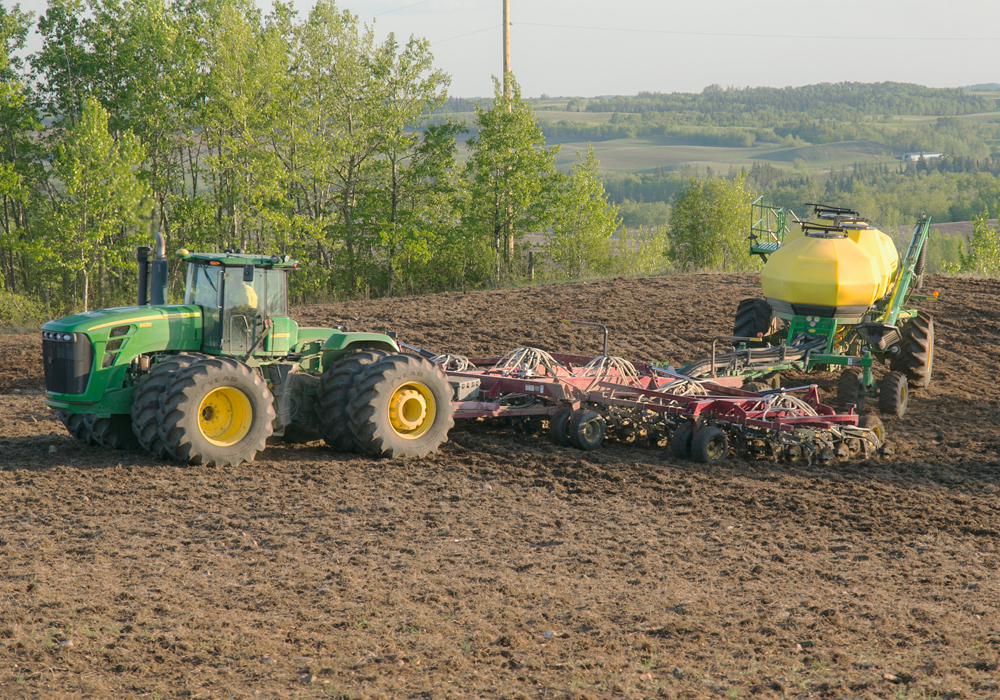India’s summer crop is off to a poor start, which should make the world’s largest pulse importer hungrier for product in 2009-10.
Monsoon rainfall between June 1 and July 15 has been 27 percent below normal, according to the India Meteorological Department.
Three states have declared drought and 22 of the country’s 36 subdivisions are reporting deficient or scanty rainfall, including many in the northern portion of India where pulse crops are grown.
The poor seeding conditions have slowed pulse planting. The government says farmers seeded 9.5 million acres of pulses as of July 17, five percent below last year’s pace.
Read Also

Europe holds promise for Canadian lentils
Pulse Canada is trying to help boost lentil consumption in Europe, which is already the fourth largest market.
K.C. Bhartiya, president of India’s Pulse Importers Association, said that even if rains recover during the remainder of the four-month-long monsoon season, pulse production will likely fall five to 10 percent in 2009-10 because peak sowing usually ends July 15.
“The production shortfall will be bridged though imports only,” Bhartiya told the Dow Jones news service. “As a result, our imports will rise and may touch three million tonnes in 2009-10.”
That would be 700,000 tonnes or 30 percent more than the country is expected to import in 2008-09.
Canada is India’s top pulse supplier. Bulk pea exports to India for the 2008-09 crop season were 1.22 million for the first 10 months of the 2008-09 crop year.
Lawrence Yakielashek, president of Alfred C Toepfer Canada Ltd., is reluctant to embrace Bhartiya’s three million tonne estimate.
All Yakielashek knows is that India’s government will tender for 1.5 million tonnes of pulses, including 750,000 tonnes of yellow peas in 2009-10, which is the same amount it required last year. What happens beyond that is speculation.
“Unless there is something specifically coming out from the government, all I can believe today is 1.5 million tonnes,” he said.
Rain has arrived
Yakielashek also noted that conditions have improved in India in recent days.
“The monsoon rains were lacking. However, recently they’ve recovered significantly.”
As of July 20, India’s weather office forecasted further moisture in states like Punjab, Haryana and Uttar Pradesh, key growing areas that had missed out on the early monsoon rains. Yakielashek said he recently met with representatives from Toepfer’s offices in India.
“Overall, they are reporting it’s not that bad,” he said.















